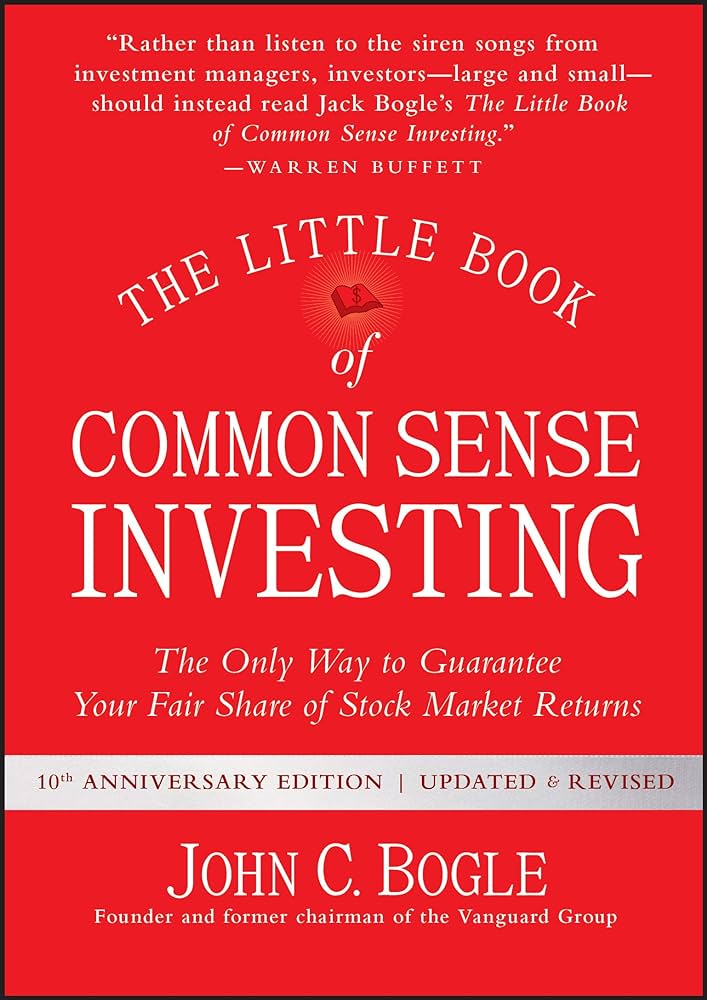Lesson 1. Introduction.
All of us have heard a lot about the game-changing inventions of Silicon Valley. The innovations were like never before. They were products that changed the course of humanity!
We’re familiar with the likes of Steve Jobs, Bill Gates, and Elon Musk. Today, let’s get to know about the almost “female Steve Jobs”, Elizabeth Homles. She is the woman who set out to change the face of the medical industry with her Edison, and failed miserably!
While focusing on the wonders, we forget to notice the blunders. The innovations of Silicon Valley have been noteworthy for several decades, to the point where nothing seems impossible now. But we have to keep in mind, “some things just are!” So was Holmes’ idea.
She knew very well that her product wouldn't work, but she still pushed it into the world. Not just that, she managed to attract many eyes to her. She miraculously raised up $9 billion for a product that didn’t work! Of course, most of it was by deception and dishonesty.
Let’s learn today about Palo Alto’s most famous Bad Blood, and how much damage it did to the world.
Lesson 2. The Brilliant Idea!
The story starts just like many other Silicon Valley tales: with a problem on a personal level.
Elizabeth hated needles used for blood tests. She thought, “What if there could be a device that would eliminate the need for needles forever?” and she came up with just that. A wearable patch, which would test a person’s blood over time using microneedles. The idea was perfect! It would do away with the need for needles, and also expensive machinery. It would provide real-time information about one’s blood.
In 2004, she founded the company Theranos, along with Shaunak Roy. Roy was a peer of Holmes from Stanford University. They started working on the idea but later realized a major issue. The microneedles couldn’t draw enough blood. They needed more blood samples to run tests.
The idea then transformed into a compact device. A credit-card-sized device, with a pinprick, which would draw the blood, and then be plugged into the main device. The latter would be the size of a toaster. The machine was planned to carry out about 240 tests. The tests ranged all the way from Vitamin deficiency to HIV.
The machine would test for all the ailments, and send the results to the concerning doctor. The doctor would be able to suggest the medicines immediately. The whole process could be done within minutes. This way, it was possible to conduct tests daily and stay
Unlock Knowledge with Wizdom App
Explore a world of insights and wisdom at your fingertips with the Wizdom app.
 1 Million+ App Download
1 Million+ App Download  4.9App Store Rating
4.9App Store Rating 5000+Summaries & Podcasts
5000+Summaries & Podcasts









